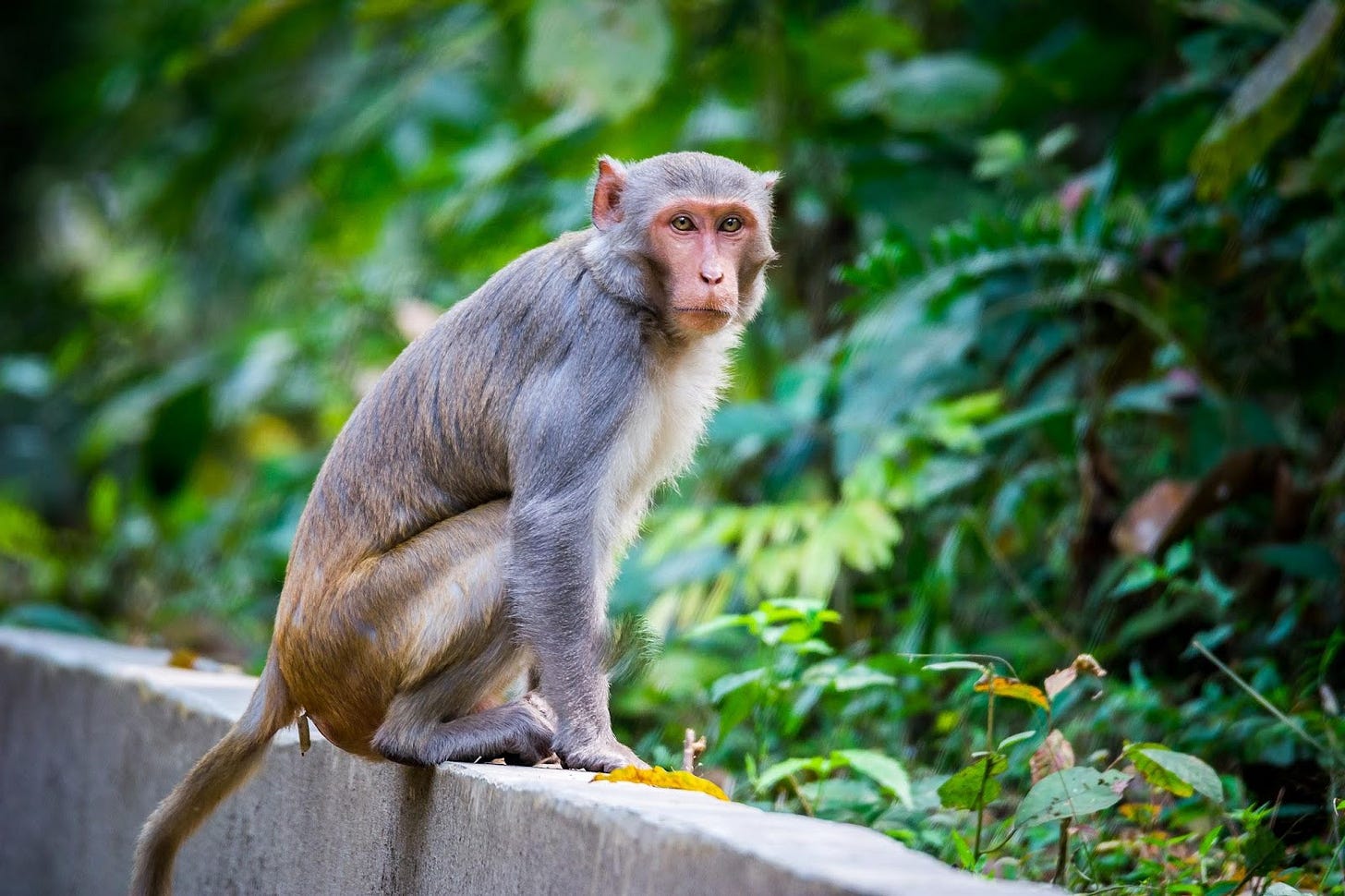Dear readers,
After over a year of the Compbio, Pharma, & Ramblings, this newsletter has finally reached an important milestone - its first sponsor. I don’t take this lightly and take pride in knowing the founders myself, so without further ado:
–
Today’s newsletter is brought to you by Moss loyalty - your plug into the coffee world. Moss was built to encourage people to drink more local coffee and use fewer disposable cups. To make this a reality, they teamed up with a couple of trusted roasters to help bring high quality coffee to the masses. A membership gets you discounts on all drinks at shops within the Moss network and helps save the earth from disposable cups.
They’re currently operating in eight coffee shops around Boulder, Colorado, and seriously considering expanding to Tel Aviv, San Francisco, Albuquerque, and Saskatchewan in Q2.
Check them out at
https://mossloyalty.com/
–
Today’s newsletter focuses on some exciting news out of the pharma world. Seattle-based Sana Biotechnology shared some early data from just one (1!!) patient that is generating quite a bit of buzz. Part of the buzz included a 200% jump in the company’s stock. So what’s the story here?
Sana has been working on a treatment for type 1 diabetes (T1D) using what is called an allogeneic cell therapy approach, which uses cells from a donor to replace a patient’s own cells. In this latest study, they show that they were able to take cells from a deceased donor’s pancreas, modify these cells in a lab using a method they developed called hypoimmune technology, and transplant these cells to the patient. Results of the study after four weeks show that the therapy avoids immune rejection and produces levels of key biomarkers consistent with those of healthy individuals.
Briefly, what’s going on under the hood here is that for healthy individuals, islet cells in the pancreas regulate blood sugar levels by producing insulin. For those with T1D, the immune system attacks these islet cells, which leads to a lack of insulin production and blood sugar dysregulation. One approach used in allogeneic cell therapies is ‘turning down’ the patient’s immune system (immunosuppression), such that the transplanted islet cells aren’t attacked by the immune system. However, use of immunosuppression significantly increases the risk of infection due to the weakened immune system. The approach that Sana is testing, currently known by the catchy name UP421, doesn’t use immunosuppression, which makes it an especially exciting development. Sana’s hypoimmune technology is designed to enable transplanted cells to be able to avoid detection by both the innate and adaptive arms of the immune system. Being able to safely transplant cells this way would enable development of new treatments for T1D and other diseases. Sana CEO Steve Harr notes that to date “... this is the first study showing survival of an allogeneic transplant with no immunosuppression or immune-protective device in a fully immune competent individual, …”.
Because T1D patients’ immune systems already seek out and attack beta cells, transplanted cells are at especially high risk of being attacked. On top of that, it is no easy feat for transplanted cells to enter a new body and function normally. Overcoming these challenges are a major hurdle standing in the way of such therapies from being widely adopted and a big part of why many are optimistic about Sana's progress. But how do we know that the transplanted cells are performing the necessary tasks of islet cells? In addition to checking that the cells avoid immune rejection, one thing they look at here is C-peptide levels. C-peptide is a byproduct of insulin production, so its presence confirms that the beta cells are functioning properly. The results in the Sana study note that the patient had undetectable levels of C-peptide prior to transplantation. But after four weeks, sustained levels of C-peptide were detected.
This study is a great step for T1D treatment and allogeneic therapies in general, but there’s more to be done! Given that the results of the study only show results in one patient after four weeks, more data is needed to confirm the effectiveness of UP421 long-term and in more individuals. Another interesting research direction that Sana is going after is using their hypoimmune technology with stem cells to develop other therapeutic candidates. They’ve already shown preliminary effectiveness in transplanting hypoimmune modified cells into rhesus macaques, pictured below.
With brevity in mind, this newsletter has left some stones unturned. But if you're in a stone turning mood, I invite you to visit some of the links below to learn more.
Have a captivating and distinguished rest of the week!
Tommer
Referenced Literature:


